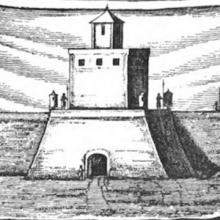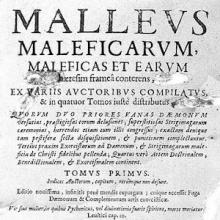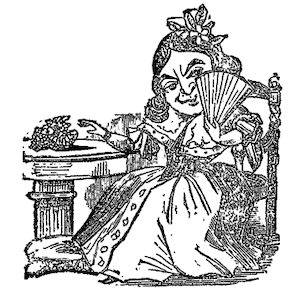Family Life
Women’s Reflections on Motherhood and Reproduction under Socialism
During a set of oral history interviews conducted in Braşov, Romania, during the summer of 2003, “F” and “R” talk about rearing children under Socialism. For “F” it was a mixed-blessing, since she adored her infant son, yet had to do so under less than optimal conditions.

Long Teaching Module: Cultural Contact in Southern Africa
The Portuguese explorer Bartholomew Diaz first saw the Cape of Good Hope—the southernmost point in Africa—in 1488. No attempt was made by a European nation to establish a permanent settlement there, however, until 1652, when the Dutch East India Company (VOC) set up a refreshment station.

Long Teaching Module: Women in the Early Modern World, 1500-1800
Talking about an “early modern world” allows us to investigate the interconnectedness of world cultures, as opposed to their isolation.
Long Teaching Module: Women in the Islamic World, 600-1600
From its inception in the early 7th century up to the present day, women have played a vital role in shaping Islamic history.

Florence Catasto of 1427
It provides a unique opportunity for students to explore the urban landscape and family life of Renaissance Florence in incredible detail, rare for a city in this period.
Florilegium Urbanum
Inspired by the medieval concept of a textual anthology illuminating specific topics, Florilegium Urbanum allows the user to explore more than 200 short sources and excerpts from longer texts dealing with medieval English towns.
Broadside Ballads Online
This website highlights 16th-, 17th-, and 18th-century broadside ballads. These were popular songs (frequently with lavish woodcut illustrations) sold at a relatively affordable price and widely circulated.
COLLAGE The London Picture Archive
Reproductions of paintings, watercolors, drawings, and sculptures provide more than a glimpse into the history of London and London life from the 15th century to the present.
Internet Medieval Sourcebook
The great advantage of this site is that primary sources have been assembled and categorized by a trained medievalist and active teacher, so that they are appropriate for a wide range of introductory history courses.